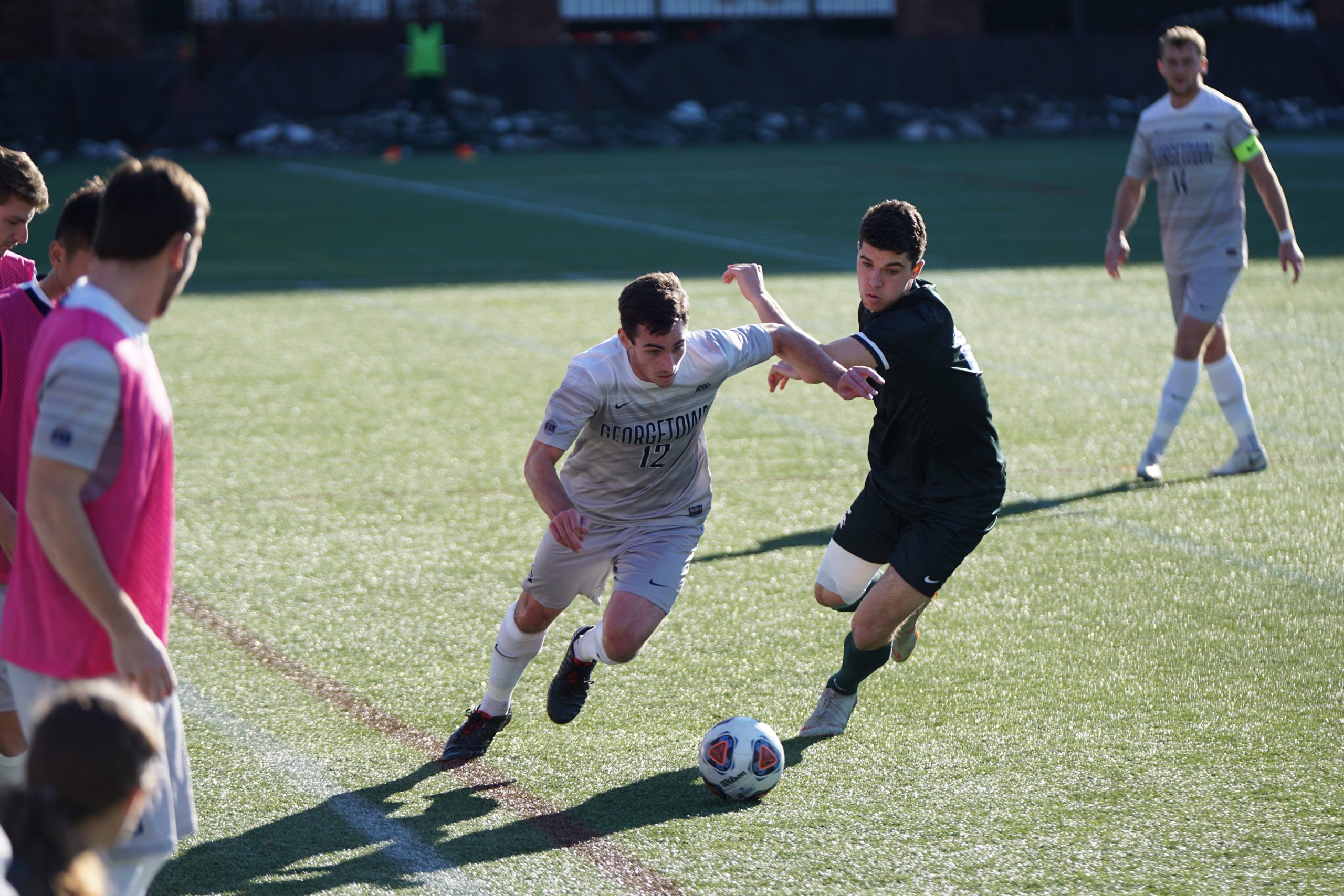
Injury Prevention in Soccer Players
Are you currently playing Soccer at a high or recreational level?
Have you ever suspected yourself or a teammate being at risk of injury?
Have you ever sustained an injury from playing and were wondering what you could do to prevent re-injury?
What about watching the Matildas or Socceroos and wondered how the players stay fit and stay injury free?
If you said yes to any of the above; keep reading this blog is for you! We will dive into how to improve injury prevention in soccer.
Background
You are probably aware that injuries are an unfortunate yet common occurrence in all sports and for many athletes across the world. What you might not know however, is that soccer injuries are one of the most common with over 3000 injuries being reported each year, this is surprisingly higher than the number of injuries reported in AFL and Rugby League. Is there anything we can do to minimise the risk and improve injury prevention in soccer players?
What are the most common injuries in soccer players?
The most common injuries seen in soccer players can be categorised into four major groups:
- Ankle Sprains
A group of injuries includes a number of different ankle sprains including lateral ankle sprains, medial ankle sprains and syndesmotic sprains.
- Calf Injuries
This group of injuries includes calf sprains and Achilles tendonitis.
- Knee Injuries
A group of injuries includes knee sprain, kneecap bursitis, hamstring strain meniscal tear.
- Concussive Injuries
This group of injury includes any type of mild brain injury as a result of impact to the skull.
How can I improve injury prevention in soccer?
- Engage in a sport specific strengthening program
Ankle, calf and knee injuries are the most common within soccer players therefore your injury prevention program should aim to improve the strength of these joints and surrounding muscles. This will decrease the chance of picking up an injury considerably. Speak to an Accredited Exercise Physiologist for further advice and recommendations.
- Make sure you complete a warm up (link to blog) and cool down (link to blog) before and after you train or play
Warm ups and cool downs are an important part of staying fit and preventing injury, read our blogs on warm up and cool down to find out more.
- Wear good quality protective gear
This includes shin guards for outfield players, this will decrease risk of bruising and injury to the shins and ankle. This also includes wearing gloves for goalkeepers this will decrease risk of wrist, hand and finger injuries.
- Attend your regular training sessions
This will prepare you physically for the demands of the sport including strength, balance, coordination and cardiovascular domains. It will also prepare you mentally for the sport understanding how to correctly perform techniques such as tackling, heading and kicking whilst avoiding injury.
- Allow for rest after each game
Allowing for rest after each game will assist in your body’s recovery and prevent the risk of overuse injuries.
Other tips and tricks for injury prevention in soccer
- Eat a nutritious diet with plenty of sources of protein, calcium, vitamins and minerals to maintain strong and healthy muscles and bones
- Ensure you get a good nights sleep (~7-9 hours per night) throughout the week and before game day. This will assist in your body’s recovery after exercise.
- If you have a previous or ongoing injury, please speak to an Accredited Exercise Physiologist for advice and an individualised strength program
If you would like to know more about soccer injury prevention or soccer injury rehab don’t hesitate to book in and speak to a fully qualified Exercise Physiologist or Physiotherapist at Pivotal Motion. Call us on 07 3352 5116 or book online today for your ankle injury rehabilitation appointment!!



